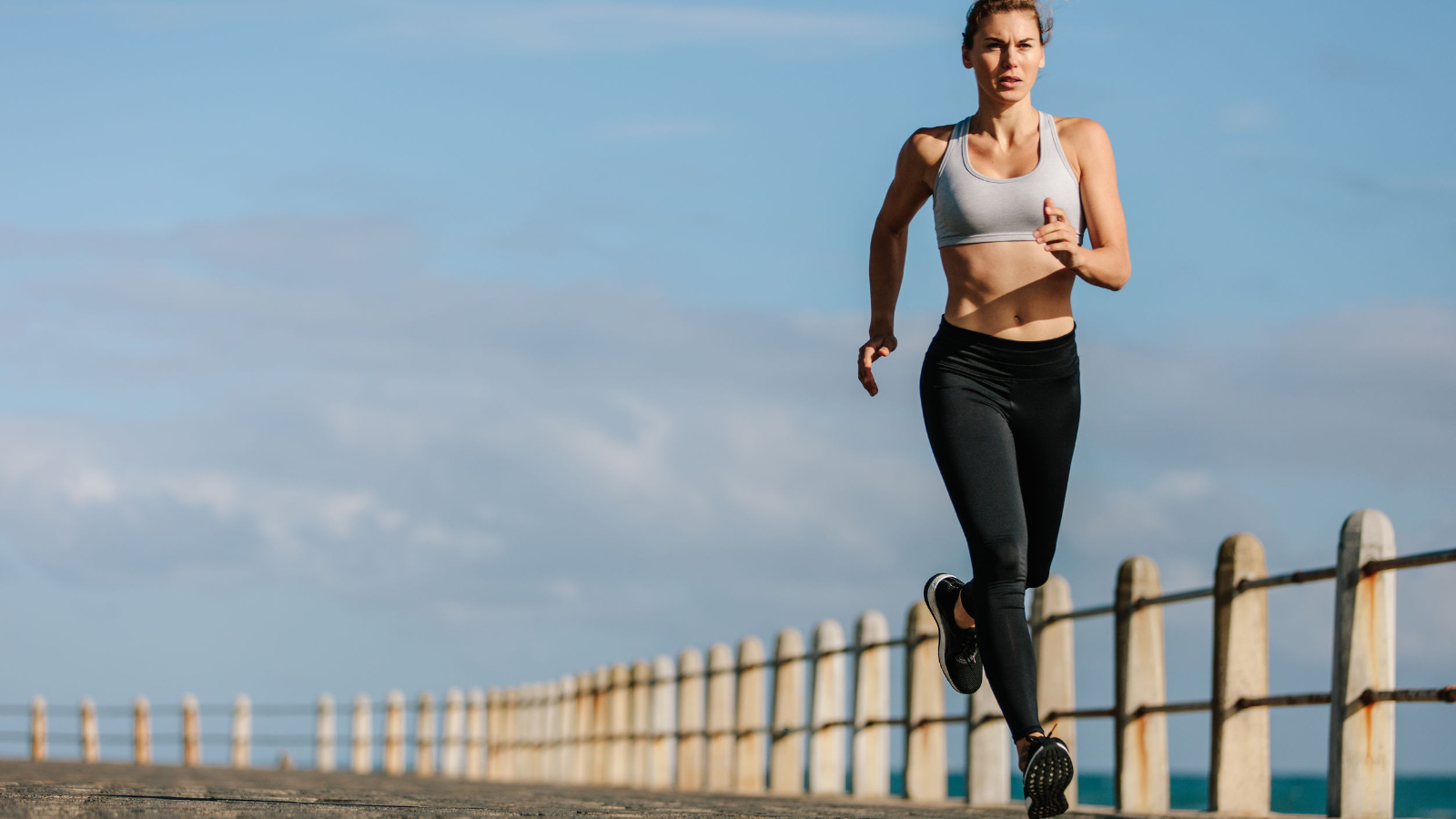
Running serves numerous purposes including stress relief, health improvement, and competitive racing. Yet, for those focused on muscle gain, the impact of running on this goal can seem unclear.
This guide delves into the effects of running on muscle development.
Effects of Running on Muscle Development
The influence of running on muscle building varies, largely dependent on run intensity and length. A study involving 12 college students found that high-intensity interval training (HIIT), consisting of intense running interspersed with rest periods, led to an approximate 11% increase in quadriceps muscle size after 10 weeks, contrasting with non-active participants.
Thus, sprinting and similar high-intensity workouts may encourage muscle growth. Running, particularly aerobic exercises, may foster muscle development by suppressing proteins that hinder muscle growth and reducing muscle protein breakdown (MPB). Conversely, extended distance running can elevate MPB, potentially impeding muscle growth.
A study with 30 amateur male runners demonstrated significant muscle damage markers increase with distance, suggesting that while high-intensity, brief runs can build leg muscles, lengthy runs might cause substantial muscle damage, deterring muscle growth.
Understanding Muscle Building
Muscle growth occurs when muscle protein synthesis (MPS) surpasses muscle protein breakdown (MPB). Exercise, especially weight lifting, is a strong stimulus for MPS, outweighing the MPB it also induces, thus leading to net muscle gains.
High-Intensity Running Workouts for Muscle
High-intensity, short-duration runs, like HIIT, can enhance lower body muscle, particularly in the quadriceps and hamstrings. Sample HIIT running workouts include:
- 6 sets of 20-second maximum intensity sprints with 2-minute rest intervals.
- 5 sets of 30-second maximum intensity sprints with 4-minute rest intervals.
- 4 sets of 45-second moderate intensity sprints with 5-minute rest intervals.
- 4 sets of 30-second hill sprints with rest as you walk back down.
Aim for 3–4 sessions weekly, adjusting based on your comfort and experience level. Remember to warm up and cool down properly to prevent injuries and aid recovery.
Nutrition for Muscle Gain through Running
Effective nutrition is crucial for muscle gain, emphasizing the importance of adequate protein intake. To support muscle growth, consume 0.64–0.91 grams of protein per pound (1.4–2 grams per kg) of body weight daily. Carbohydrates fuel anaerobic exercises like sprinting, while fats are a primary energy source for lower intensity activities such as long-distance running. Ensure a balanced intake of carbs (45–65% of calories) and fats (20–35% of calories), alongside sufficient hydration to support bodily functions and regulate temperature.
The Bottom Line
Thile extended distance running may challenge muscle building, strategically approached high-intensity, short-duration running can promote it. Pairing these workouts with a balanced diet rich in proteins, carbs, and fats, alongside adequate hydration, sets a solid foundation for achieving muscle growth through running.
